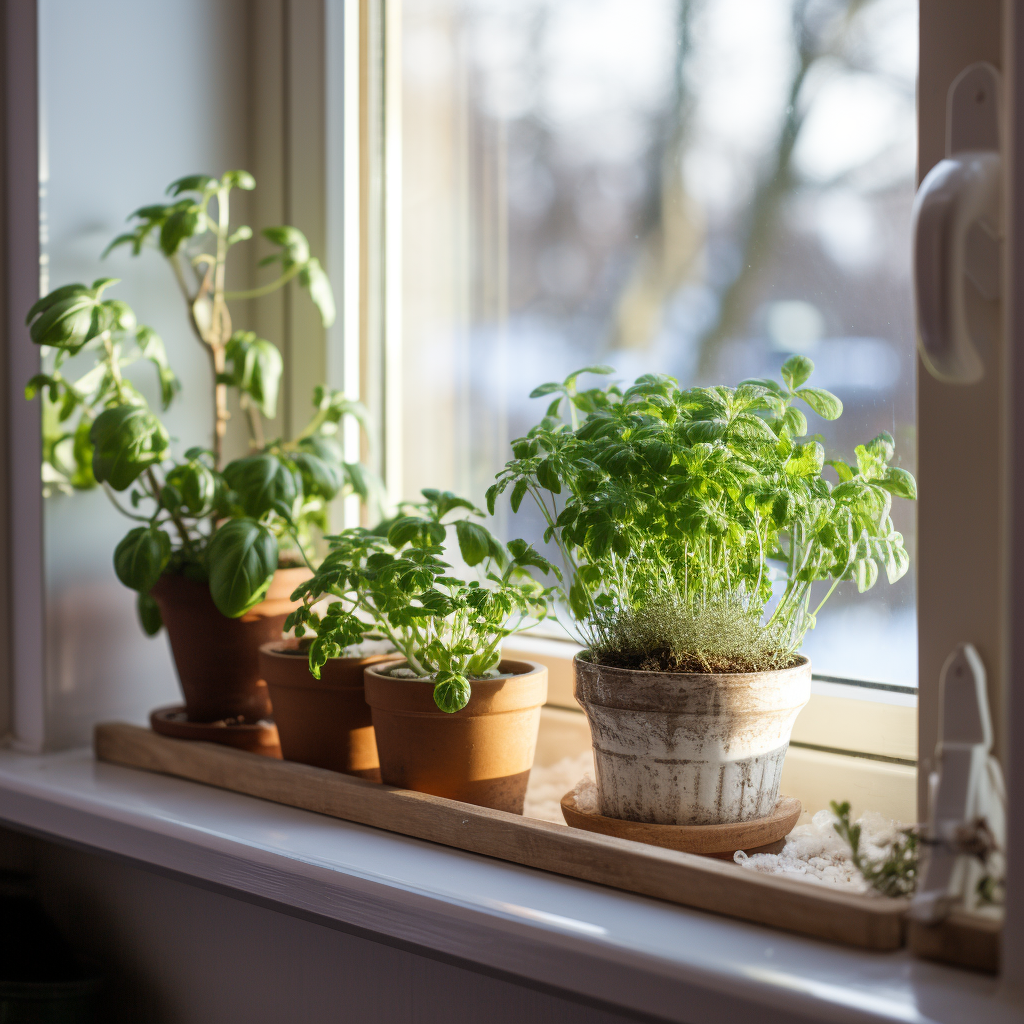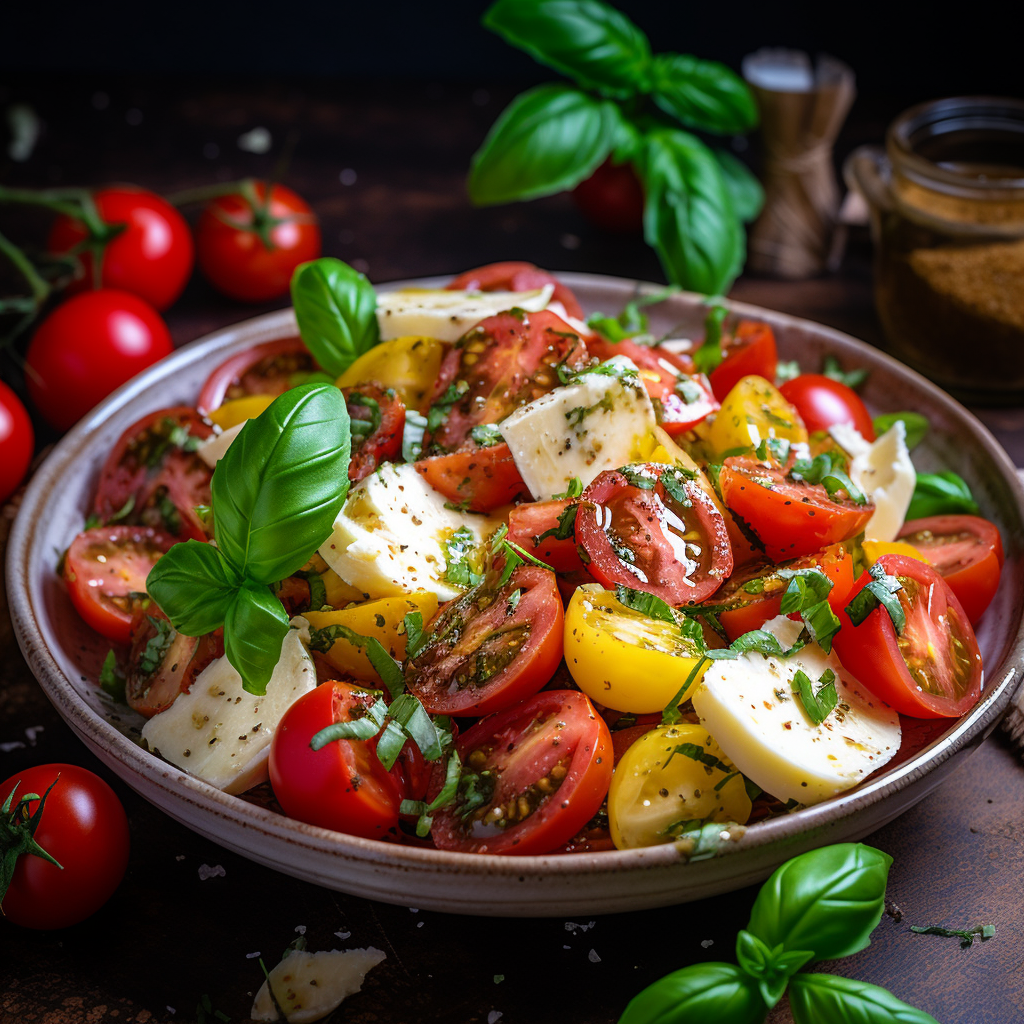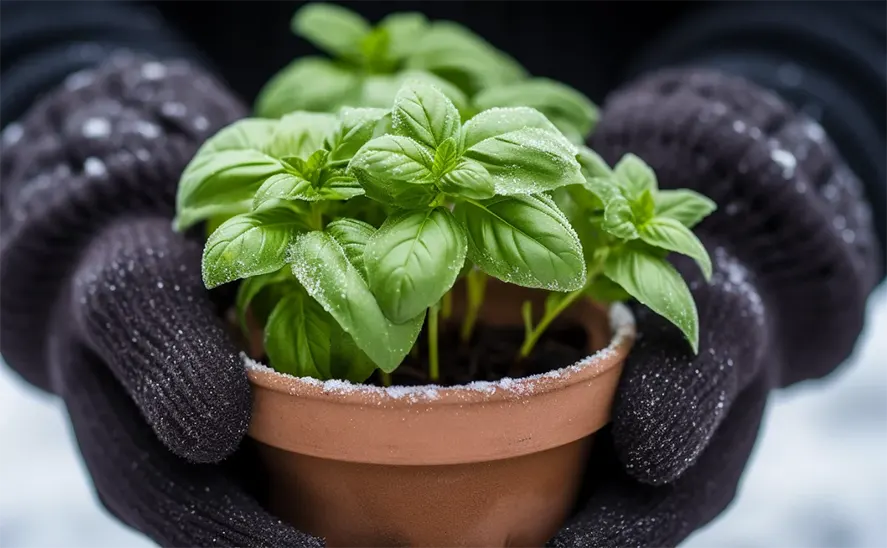The arrival of winter often signals a pause in traditional outdoor gardening, yet it ushers in the opportunity to cultivate a vibrant indoor herb garden. Utilizing heirloom seeds for this indoor gardening endeavor not only keeps your green thumb active but also infuses your home with a piece of botanical history. These seeds, cherished and passed down through generations, offer unique flavors and fascinating stories that enrich the indoor gardening experience. In this expanded guide, you’ll delve into the nuances of selecting the right heirloom varieties, creating a nurturing environment in your garden space, and ensuring your herbs flourish indoors. This journey promises not just a bounty of fresh, aromatic herbs but also a connection to the rich tapestry of gardening heritage, all within the cozy confines of your home during the winter months.
Choosing Your Heirloom Herbs
Selecting the right herbs is a crucial step in establishing a successful indoor garden. Heirloom varieties, known for their unaltered genetic makeup, bring authenticity and a rich legacy to your indoor garden. When choosing, consider not only the culinary versatility of herbs like basil, thyme, and parsley but also their ornamental value. Heirloom herbs like purple basil or curly parsley add visual interest to your indoor space. These varieties have been nurtured over time to adapt to various conditions, making them resilient and suitable for indoor growth. Their unique flavors and aromas are unmatched, providing an elevated culinary experience and a direct connection to the gardening practices of yesteryears.
Setting Up Your Indoor Garden
Creating the right environment is essential for the growth of your indoor herbs. Adequate sunlight is crucial; a south-facing window that offers plenty of natural light is ideal. In regions with limited sunlight during winter, artificial grow lights can be a game-changer, providing your plants with the necessary spectrum of light for photosynthesis. The choice of soil is equally important; a well-draining, nutrient-rich potting mix will support the growth of your heirloom herbs. Additionally, consider the ambient temperature and humidity of your indoor space, as herbs thrive in conditions that mimic their natural environment. Regularly rotating your plants can also ensure they receive even light exposure, promoting balanced growth.

Planting and Caring for Your Heirloom Herbs
The process of planting heirloom seeds requires patience and precision. Start by planting the seeds at the recommended depth, which is usually just below the surface for most herbs. A gentle spray of water will keep the soil moist without disturbing the seeds. As they germinate and grow, pay attention to their watering needs; overwatering is a common issue in indoor gardening. Regular pruning not only encourages growth but also allows you to harvest and use your herbs continually. This practice stimulates the plant to produce new growth, ensuring a steady supply of fresh herbs. Additionally, be mindful of air circulation around your plants to prevent any fungal diseases, a common challenge in indoor environments.
The Benefits of Indoor Herb Garden

Indoor herb gardening offers a multitude of benefits, especially during the winter months. The presence of living plants in your home can significantly improve air quality by increasing oxygen levels and filtering out pollutants. The process of tending to your plants can be incredibly therapeutic, providing a sense of calm and accomplishment. Herbs like rosemary and mint can also enhance the indoor air with their natural fragrances, creating a pleasant and relaxing environment. Furthermore, having a variety of fresh herbs at your fingertips encourages culinary creativity, allowing you to add fresh, home-grown flavors to your dishes.
Preserving Your Harvest
As your indoor herb garden flourishes, you’ll find yourself with an abundance of fresh herbs. Learning effective preservation techniques ensures that none of your harvest goes to waste. Drying herbs is a simple and traditional method; hanging them in bunches in a warm, dry place preserves their flavor for future use. Freezing is another excellent preservation method, particularly for herbs with high water content like basil and cilantro. Chopping and freezing them in ice cube trays with water or olive oil allows for easy addition to soups and stews. Experimenting with herb-infused oils or vinegars can also be a delightful way to preserve and use your herbs.
Conclusion: A Winter of Green and Flavor
An indoor herb garden is more than just a source of fresh flavors; it’s a bridge to the past and a step towards sustainable living. Heirloom seeds bring a sense of continuity and connection to the rich history of gardening. As you nurture these plants, you’re not only cultivating herbs but also preserving a piece of botanical heritage. Embrace this rewarding hobby and enjoy the lush, flavorful bounty it brings to your winter days.
Detailed Guides for Planting Vegetables, Herbs, Greens & Lettuce, Peppers, and Wildflowers in Your Garden:
At FarmerValley we offer detailed guides for planting vegetables, herbs, greens & lettuce, peppers, and wildflowers. These guides provide step-by-step instructions for planting and caring for your plants, as well as tips for getting the best results. Check our growing guides and plant your own non-GMO garden with confidence.
Planting non-GMO seeds is a great way to enjoy fresh and healthy vegetables and herbs while also knowing that you’re avoiding harmful additives. With these essential tips and top lists, as well as our detailed guides, you’ll be on your way to a bountiful harvest in no time.
Elevate your gardening experience with FarmerValley’s premium seeds! Choose from our wide selection of high-quality varieties to enhance your garden and enjoy a bountiful harvest. Trust in our expertise and start your journey towards a thriving and beautiful garden today.

